Delivering Successful Salesforce Projects
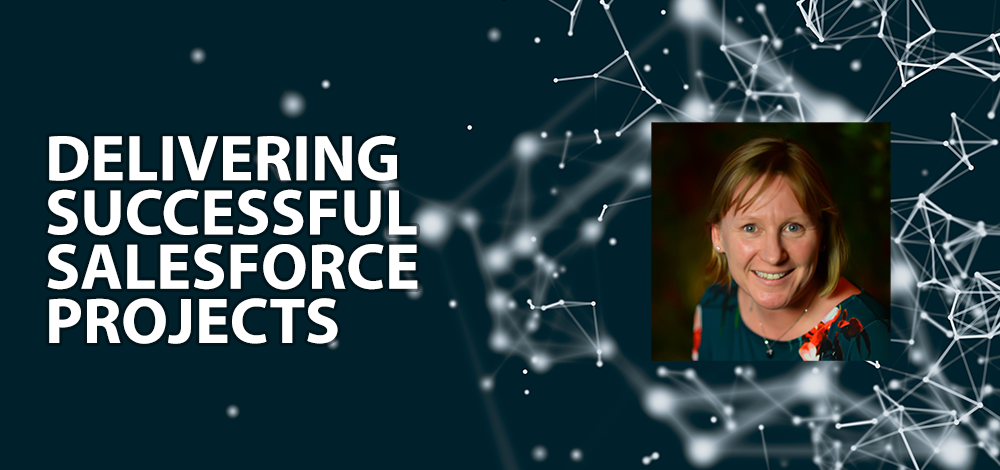
In this SalesforcePosse episode I talk to Amanda Beard-Neilson on how we can all help to deliver successful Salesforce Projects
Full Transcript:
Francis Pindar
Hello and welcome to the Salesforce Policy podcast, and on today’s show, we have Amanda Beard-Neilsen, who is a portfolio manager at Capgemini and also a co-organizer with myself at London’s Calling. And also still a community group leader at London Salesforce Admins, which is cool.
Francis Pindar
And we’re here to talk about delivering successful projects. So.
Francis Pindar
Hello, Amanda.
Amanda
Hi, Francis, how are you doing long time no speak?
Francis Pindar
Yes, I’m doing well.
Francis Pindar
A couple of weeks.
Francis Pindar
Yeah, I’ve known Amanda for all so long. It’s Oh, how long’s it been years?
Francis Pindar
Yeah, it’s just years. Yeah, long time. Yeah.
Francis Pindar
Anyway, we are here to talk about successful projects because you have been in the Salesforce ecosystem for many years working with creating successful projects. So do you want to talk about how you got started and you know how what successful projects look like in your view.
Amanda
Yeah, definitely. I mean, I think I just discovered Salesforce was back in 2007, so a long time ago and and I started, like many, many people, as an accidental admin. Now, when you first literally discover Salesforce and you are implementing Salesforce, you may not realize that actually you’re on a project and and here you are delivering
Amanda
and then things happen. But when you go into this sort of accidental path, you don’t realize that there was sort of stages and there was certain things you must do and learn until maybe afterwards when you just go, Oh, my God is live, what?
Amanda
What happens next? And you then start looking after the actual org that you’ve helped to build. So. I went through exactly that same path I’ve learned the hard way, lots of times and and I’ve moved on from being.
Francis Pindar
All the Mistakes.
Amanda
I’ve done all the mistakes, all the horrible things. Oh my god, yes, that’s confessions. Another time. Oh yeah.
Francis Pindar
Yeah.
Amanda
But from then, you know, I kind of moved on from being said accidental admin. Into more project related roles and actually found my my sort of path as being a project manager and being a project lead. And so and all those admins have such a beauty of path options whereby you could go into maybe developer options of
Amanda
being product managers, being business analysts project leads. There’s so much opportunity for four, for a starting point, for careers and and and also, even if you go to one of the paths, you can go to another path as well.
Amanda
It’s I. That’s the beauty of Salesforce. It’s so open.
Francis Pindar
So and also it’s cross industry. So you know, you jump industries as well. And there’s so much variety is it’s great.
Amanda
It is. And it’s so open and brilliant like that as well. And I’ve certainly worked across many different types of industries, delivering lots of different types of projects, mostly Salesforce related as well. So I think it’s it’s massive and I do hope that it keeps going because it’s, you know, it’s a great option for a lot of people.
Francis Pindar
It’s such a market leader. I’m sure it’s going to be around for a long time to come.
Amanda
I hope so.
Amanda
Anyway. So people start their careers, they don’t know what they’re doing or what their options are. But anyone who is anything to do with Salesforce is generally working on a project, even if they may not be. The project lead said that they are a key person of a core team that’s going to be delivering something.
Amanda
And so if you could understand what your role is, what you are then doing to enable that goal, what does that look like and how do you then work with your stakeholders? What do your stakeholders need to the whole customer piece as well?
Amanda
That’s really important. And I think you find in.
Francis Pindar
That the realms of the project manager and the, you know, scrum master, if you’ve got a scrum master on the team, what? Is that responsibility of the admin? for example?
Amanda
I think its responsibility, every member on that project team, because everything that you do, you’re doing it for your ultimate customer, you’re doing it to deliver something. If you don’t take that responsibility yourself, then there’s a limit of what are you part of a high-performing team?
Amanda
This whole element of of high performing teams where everybody who knows what is their role, what are they doing, how do they help to deliver that? And sometimes that’s helping each other and supporting each other as a team member to actually deliver what you’re meant to be delivering to work with your client so that you deliver what
Amanda
the client is expecting and also helping those client expectations as well, because sometimes those clients will ask for Moon on a stick. And if that really was a really reasonable. We now know, well, I can give you the stake.
Amanda
So how would you like to do it?
Francis Pindar
And so, you know, there’s a lot of benefit from that kind of agile approach anyway. So they learn as they go, you know, the Salesforce platform as well, so they can see actually the benefits early on. And, you know, and they have their views change as they go along in the project.
Francis Pindar
You know, no requirements.
Amanda
To oh my word. I mean, we all go on this this whole change curve with the project. Everybody and I really do mean everybody in the project team will go on that change curve because you start off with this sort of bright eyed she does like Project.
Amanda
Let’s go and then and then you meet the client and then they’re like, We win all this year. Oh crap.
Francis Pindar
How we got into this.
Amanda
And so as a team, you go on a journey and as a client, you go on the journey. But you know your different stages of that journey as well, and you’ve got to help bring your client with you because they’re learning and then everybody learns as well when the project, because that’s the beauty of Salesforce to do
Amanda
as well. Even though Salesforce, this is massive, massive platform and they’re all standard objects that you can work with, clients will use those things slightly differently because their cases will always be that just slightly different. So, you know, each time, which is great.
Amanda
So no project, every project is the same in every project is not.
Francis Pindar
You know, and you’re constantly learning to kind of the best practices and lessons learned as you go as well. And so when I started to, you know, I probably made every mistake in the book, but you learn from it as you go along and you learn from each other and you’ve got that great team and people to
Francis Pindar
support you, then you know, it’s amazing what you can accomplish.
Amanda
I do, and I you grow as well because unfortunately, people tend to learn because of the mistakes they’ve made and that that becomes the hardest lessons. But it’s a lesson that you just never doing that again and you move forward and it becomes this really ingrained in you.
Amanda
And I’ve learned I’ve made mistakes. I’ve learned from those mistakes. I’ve moved on with those and you and you grow with that and you start to understand where you sit as opposing a project and how you can deliver things and where you where your skills are based and what’s good.
I mean, I I moved away from being an admin because actually me sitting still. Oh, the irony of this is what we do nowadays, sitting still for so long, it was I could do very well. I’d like to check everything.
And so you find your strength and you go with that, you know? Sitting quiet, developing.
Francis Pindar
Yeah, yeah.
Francis Pindar
So when you’re working on projects, what do you see is the kind of the typical mistakes that people make on projects?
Amanda
Would you want me to start?
Amanda
There if there were potential pitfalls at every step of the way? They really, really can start with the to anyone going. I wanted to live in this. And it depends on whether you are aware of what you’re doing or whether you all run with it, whether you sell the correct solution potential to the client because it can, even at the beginning stage, it can. We can break a project because you could turn around and someone says it’s going to be fixed cost, fixed costs, big scoop, fixed price, you go. And the clients expectations haven’t been met.
Amanda
And so they suddenly ask for the moon on the stick again, and therefore you are beholden to delivering that moon. But you can’t because you don’t have the resource, you don’t have the time. You certainly don’t have the cash to deliver it.
So someone’s going to fail. Ultimately, when you’re delivering successful projects, everyone wants to come out with coming out, feeling OK about it, that you’ve delivered something well, the customer is going to be using it. The customer’s happy if it becomes a very one way system that the customer is going to be happy because they’ve got everything.
But in order to deliver that the consultant or the internal customer, the internal team, they’re delivering it all broken, then that’s not a great success, is it? So real pitfalls can start right from the beginning and all the way through.
And this is where I suppose understanding what projects are like and how projects run, you can help to avoid those and at least have a much smoother journey through those project delivery stages.
Francis Pindar
Yeah, and I think I think I saw you, I think I was in a post, you wrote somewhere. We said, you know, the success of the project is everybody’s responsibility of managing that project, which I kind of really resonated with me.
Francis Pindar
But also, you’ve actually created a new online training course on successful projects and creating successful projects. And one of the things I saw you mentioned is about a trusted adviser. Can you talk a bit more about what that means?
Amanda
Yeah, definitely. There’s elements of stages whereby when you work with a client, you know, I could be anyone that she coming in. And so this this is levels. And as you work with the client, as you start going through these different phases, you go from just being, Hey, I’m just here, I’m just giving you some advice.
Amanda
And whether the client then physically trusts you with the advice and as you grow with the customer and as you start to deliver your currency with that customer goes up to that point, a trusted advisor whereby you are somebody that they will be first point of cool to that you are working in partnership with that client that
Amanda
you are. The client will go well, I’m looking to do this next. What do you think, you know? What about my roadmap? Can you help me with this as well? So you will there every single point now helping them?
Amanda
Because you might have helped to build them a center of excellence. You might have helped to build up their teams or to deliver that first implementation. And now you’re working together because they realize, actually, yes, this partner can deliver.
Amanda
Yes, his partner knows who might want my businesses, and she can suggest what’s best for my business to move forward with the technology that I’m working with.
Francis Pindar
OK, cool, sounds really cool. And so, yeah, so this new course that you’ve created on delivering successful projects and I had taken a look at it and it’s a really fab course, but could you kind of just give an idea of what the course is all about?
Amanda
Yes. And I look through all the years that I’ve been delivering projects, all the pain of those projects. And I suppose I’ve been sort of writing all for.
Francis Pindar
You as a project manager or.
Amanda
My positive. I’m now a cat. Yeah, I have two.
Francis Pindar
Sentences.
Amanda
And everything. Yeah, yeah. It’s been consistently so. I’ve also been on client side as well, and I’ve been I’ve looked after a client, the whole departments of business systems as well, and multiple orgs in other places as well.
Amanda
So we’ve seen it from both angles, all the angles and also being contracted to. I’ve taken this very much as holistic view of what a project looks like to be delivered for both the consulting side and the client side as well, and just looked at all the different stages from initial sort of sales path as well.
From what is the customer looking for? What is it consultants are going to offer here the initial pace to then going through that, that that handover the start of the capturing requirements workshops? Have we actually got this information correct to go into a build phase and look at the whole implementation?
Now the implementation piece is looking at what are you building, what tools you needing, what people you working with, the idea of sort of behaviours as well and stakeholders, how do you involve them as a project manager? I’d be looking at sort of what communications going out there, what my radio, which is all about risk and solutions and issues and dependencies, or capturing all this all the way through as well. And I was also be thinking about the testing side tools and training delivery. So this is all part of this implementation phase and deployments as well, because we all know that Salesforce isn’t just a click of a button, unfortunately, and those things you might need to consider and also, Glen, you might want to do that. Then comes the post implementation piece as well. So there’s adoption and also what happens next? Because the beauty of Salesforce is that it’s like it’s like a gateway drug.
Amanda
Some new implementations, because people start using it, know, and then they go, I want more and you start again.
Francis Pindar
I can do this now. Yes.
Amanda
Oh, and so that’s it. And then off you go again. So it’s it’s looking at that whole journey.
Francis Pindar
And being successful at every step in the way.
Amanda
Trying not to fail, that’s a.
Francis Pindar
Show.
Francis Pindar
And fail fast if you do.
Amanda
Exactly and get back on track again and keep going again, so. So the course I put together is looking at all those different stages and just providing my advice, the stuff that I’ve learned to. Yeah, you might want to think about this.
You might want to do that like I did Prince to 1,000,000 years ago when I never really used it. But it continues as a governance tool now because the world kind of switched to this idea of agile and.
And the reality is that no one’s doing any of any of all of it. They’re just doing little bits and pieces of it. And so it’s kind of why John or water John or whatever you want to do fragile.
It’s like it’s it’s all blend of stuff. And I think actually when it comes to delivering Salesforce blends can work so, so don’t knock it.
Francis Pindar
But absolutely.
Amanda
The course of the life that to put together is is mainly I have a read and actually dip into it because I don’t think everyone will be able to pick everything and do everything, all at the same time.
Amanda
But it’s there as sort of tips of going. Have you thought about this? Maybe think about that. This is what I would do here. And even even I know for myself and you, when I was putting the course together go, Yeah, I should do this.
Amanda
Yeah, I should do more of this sort of stuff. So, you know, I keep remembering things and keep learning stuff as well. I should like to take my own course. Just to remind myself, keep going.
Francis Pindar
Yeah, it was a lot. Yeah, so it’s not new to me. There is a discount for it. So if you do want to kind of sign up, free is a fab course. If you had to admin to architect dot com slash project success, it’ll dove over to Amanda’s course.
Francis Pindar
And the beauty with you to me is once you bought it, you got it forever. And of course, you know it can be updated regularly as well by Amanda. So you get the latest info, which is kind of cool.
Francis Pindar
And yeah, so of course, do you have anything else to say, Amanda? It’s been fab.
Amanda
Well, thank you very much, Francis, for inviting me. It’s nice to chat as well. And I would say that, you know, we have this whole advent to architect range and anyone who’s delivering any partial project. I’d say these courses will resonate for you as well because it’s a learning curve and we all deliver.
Amanda
We all work on projects, even the smallest things at being aware of all the different projects, stages and how you as a team member, irrespective of, you know, how you can help to influence that, to think about how you can deliver a successful synthesis project, then it will become much more successful and much smoother in that delivery. I guess you could, even if it.
Francis Pindar
Is kind of like you can spot the things that you’re not doing, but you can kind of bring up with the team because maybe we should be doing the right thing. Maybe we should be, you know, to make it even more successful, which I think is definitely the case.
Amanda
Yeah, these we can be small tweaks. You do have to try and build all of it. Just little changes can help really can help.
Francis Pindar
That’s why I quite like value, of course, actually be very structured and you can jump in and see the crazy video what you get with that kind of benefit.
You know, it’s more important than to a product right now. Yeah. And then.
Amanda
About 40 odd chapters, easy bite size pieces, because let’s face it, our attention span has shrunk just a bit.
Francis Pindar
Awesome. Well, thanks so much, Amanda, for being on the show today. I hope everybody found it useful. Be sure to check the link out to architect.
On The Flash Project’s success to find out more. Thanks a lot, Amanda.
Francis Pindar
Thanks.



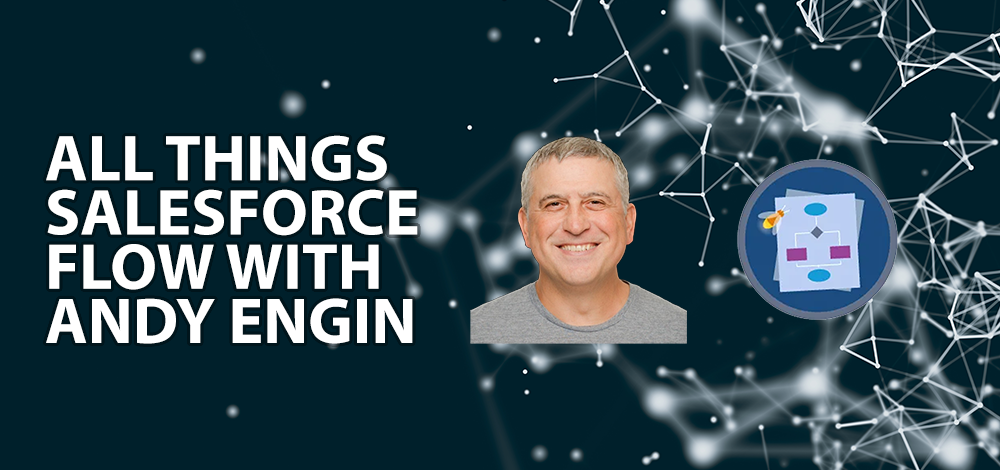
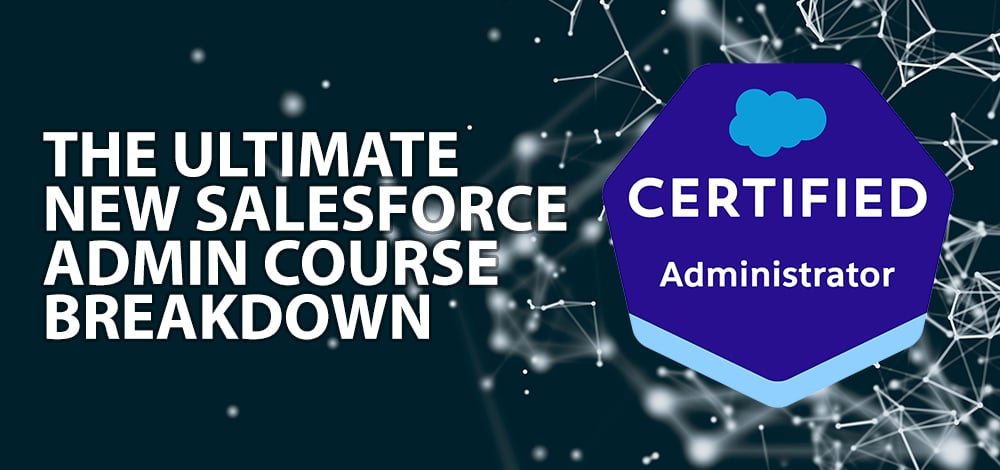

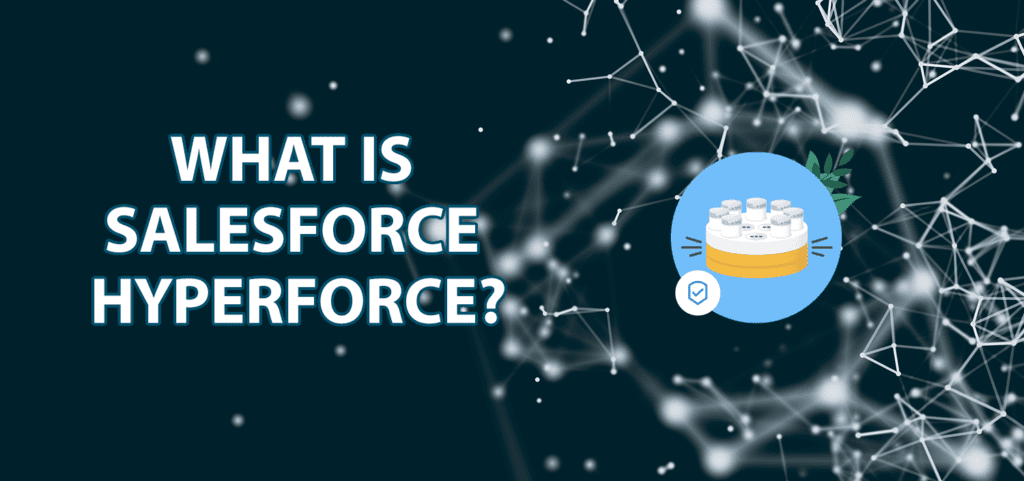
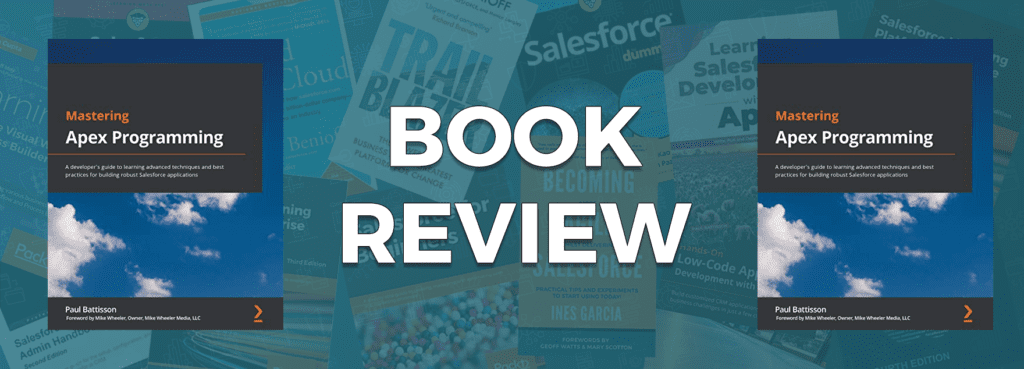
Responses